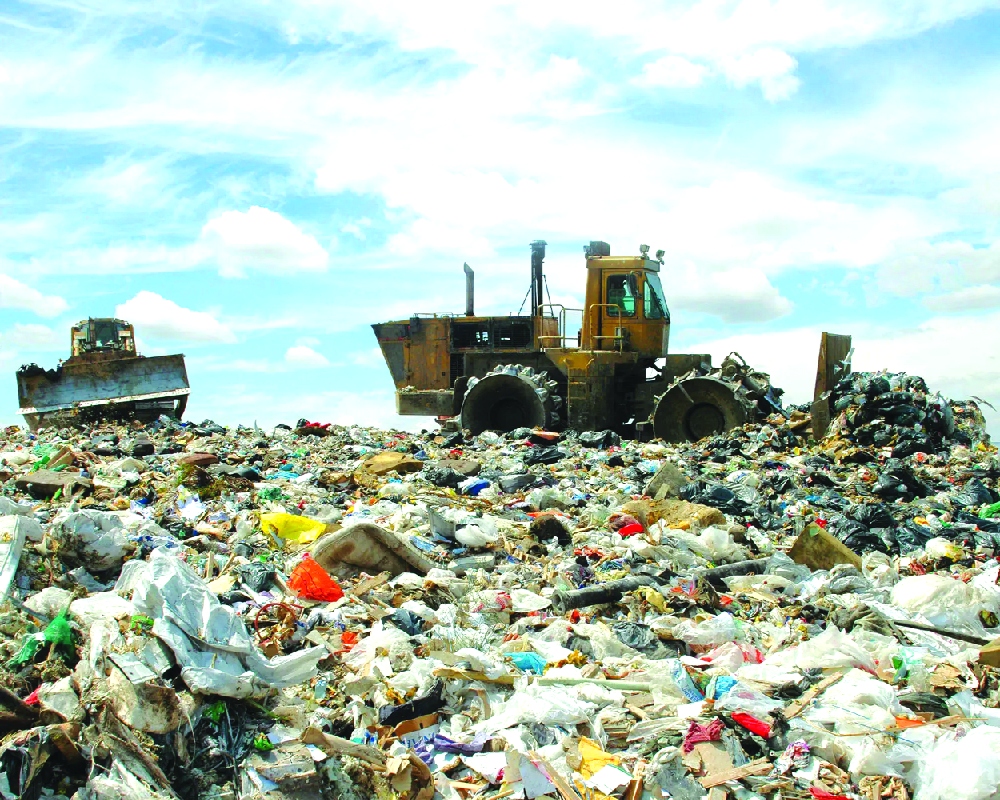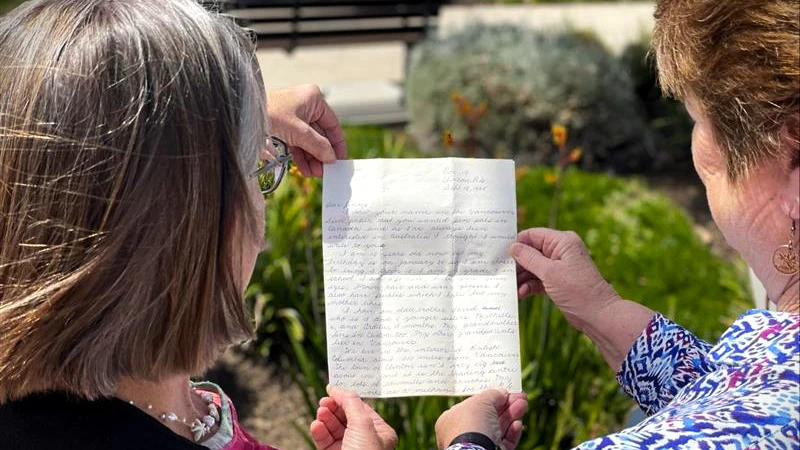Copyright dailypioneer

Unfortunately, one of the most prominent features of our urban landscape is overfilled landfills and garbage strewn everywhere. Every single day Indian cities produce 1.6 — 1.7 lakh tonnes of waste of which only half is processed. Treating just 50 per cent of this organic fraction through decentralised biogas plants could produce more than 15 million tonnes of CBG annually. Yet cities still rely on open dumping and low-grade composting. The volume of waste is going to dramatically rise in the coming years with growing urbanisation. It is estimated that India may need over 60,000ha of new landfill space which itself is going to be almost impossible to find. Meanwhile, this continues to emit deadly methane which is more than 25 times more potent than the CO2 and poisonous leachate trickles to pollute ground water. We are witnessing a literally rising crisis which threatens to reach monumental proportions. There have been some attempts to collect and process this waste over the years. Many have projects have failed, initially due to technology issues but also due to lack of support from the concerned urban bodies and lack of a workable financial model. India’s waste is a category by itself and collecting and desegregating it is a challenge. Urban local bodies must institutionalise waste segregation, including waste from temples, cattle yards, vegetable markets, ensure that non-organic waste, goes for energy recovery or recycling and channel wet organic waste towards biogas generation. In fact, we need a mission for all components of waste including plastic, bio medical, industrial, e-waste, paper/cardboard/glass etc. This is essentially a management problem. Tipping/transport fee payment to the collector, segregator and aggregator is necessary to make waste collection viable and reach the processor in segregated form. Land has to be provided for processing plants. The bio gas that will be produced has to be fed into the city gas grid and a proper price paid to the injector developer. The organic material that remains or digestate can be used as soil enhancer in municipal gardens, parks golf courses and even packaged and sold for urban gardens. We must learn from best practices and what failed where and how. We cannot continue to spend crores of rupees in collecting and transporting such waste to ever increasing landfills only to keep potential energy locked in high landfills. Landfills must be cleared and cities reimagined as circular hubs. The developers will provide an essential service. Incentives across Swachh Bharat, GOBARdhan, AMRUT and fertiliser subsidy programs should be aligned to reward them and cities that produce and use both biogas and bio-slurry. In urban India, over 1,250 sewage treatment plants (STPs) are in operation, with hundreds more under construction under flagship missions like Namami Gange and AMRUT. Unfortunately, most large STPs lack anaerobic digesters for sludge treatment. The biogas cannot be taken out. Where there are digesters most either flare the gas or leave the units under-utilised since there is no mandate to recover and use biogas or CBG in new STPs. This is a waste in waste. If anaerobic digestion is optimised, sewage can produce 5-10 million tonnes of CBG while recycling over 80 per cent of wastewater, which itself is og great value because of the water crisis which is beginning to overwhelm urban India. The Liquid Waste Management Rules must go beyond drainage and septage to mandate biogas recovery from sewage and organic waste. All STPs above 10 MLD capacity should include anaerobic digesters and plans for gas utilisation which should get suitable incentives. This gas can also be injected into the city gas distribution system. There is a great opportunity waiting to be realised. It requires a bold approach and a clear declaration that we will clean our cities. Next: Treating Rural Waste Mr Deepak Gupta, IAS (Retd), Ex Secretary, Ministry of New and Renewable Energy and Ex-Chairman, UPSC, and Dr D.K. Khare, Ex-Advisor (Bioenergy), Ministry of New and Renewable Energy, Govt of India and Incharge of India chapter of World Biogas Association, UK; views are personal



